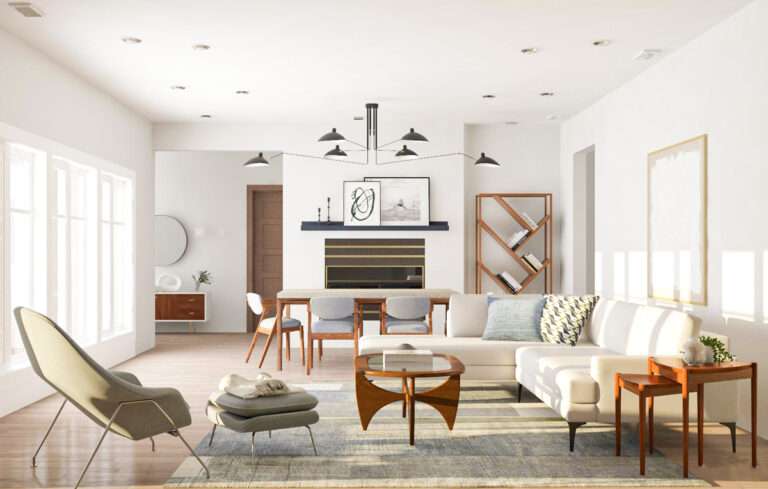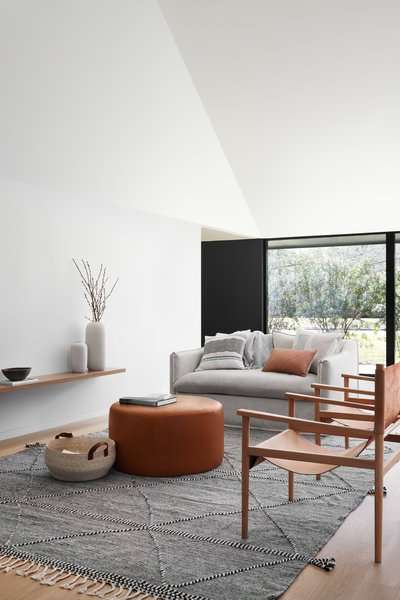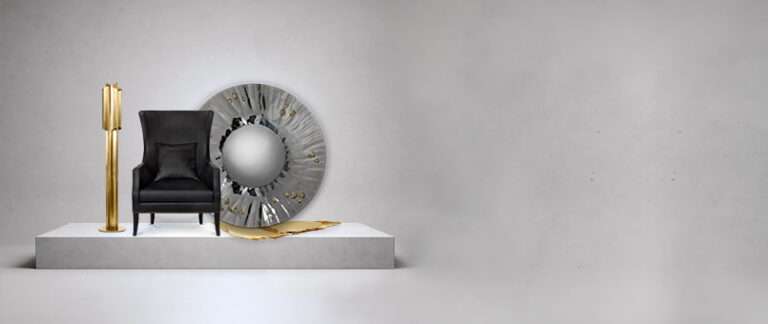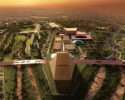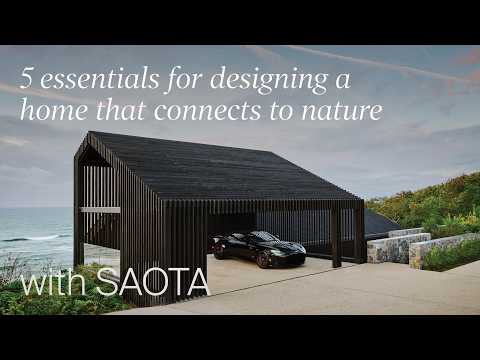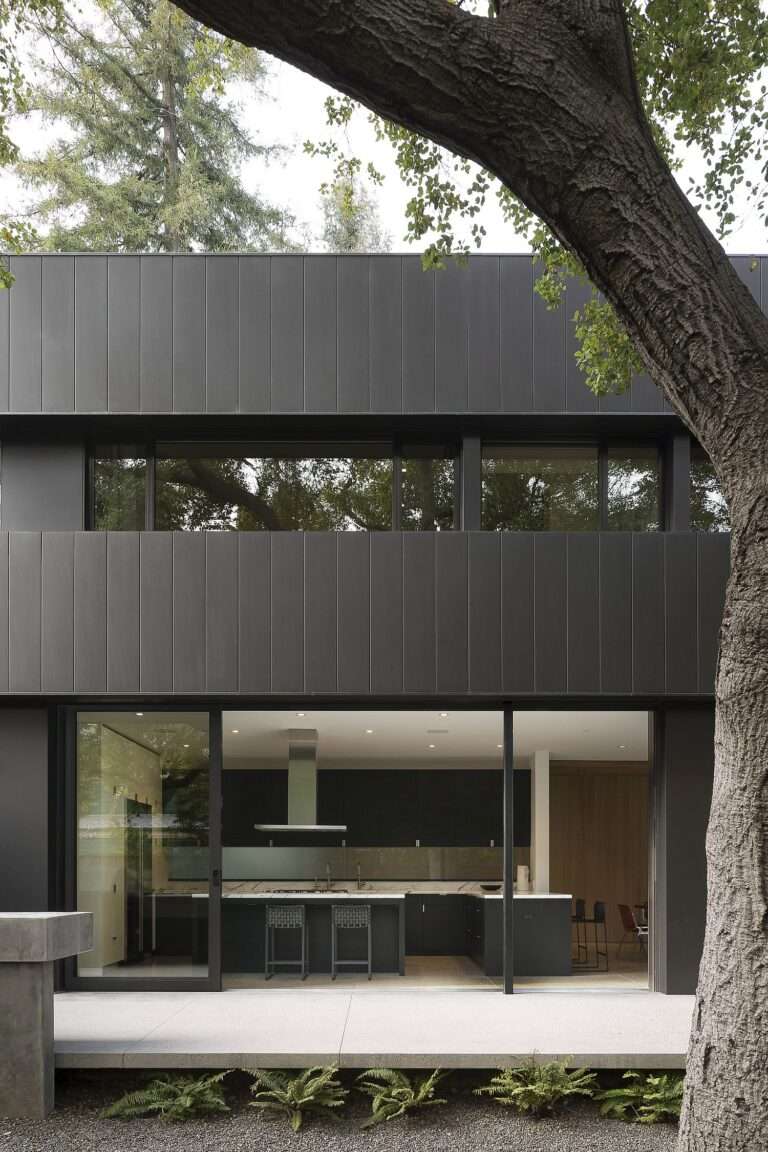Prefab construction makes it possible for SAA Arquitectura + Territorio to build this impressive retreat in a remote region.
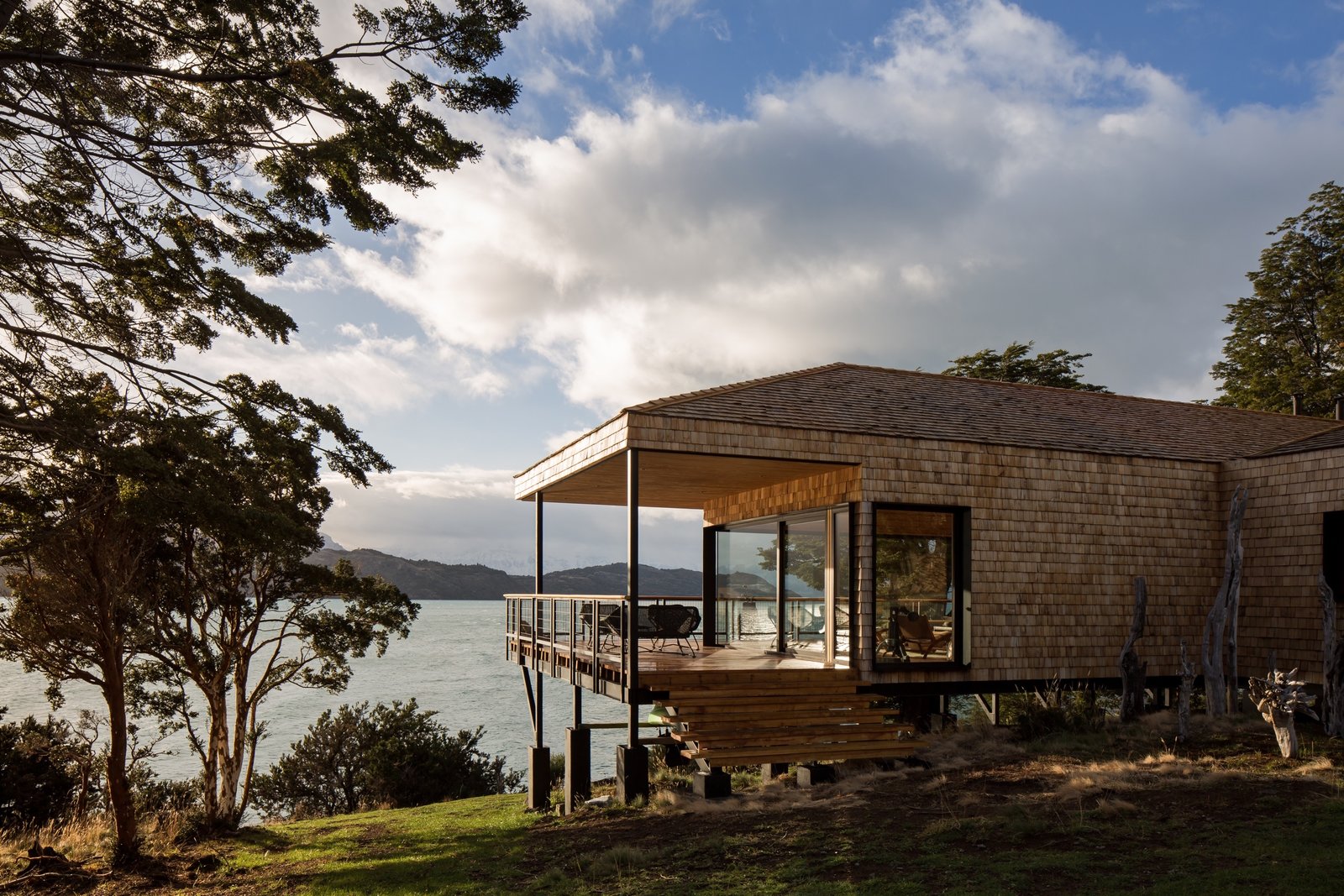
In wild, rugged Patagonia, Chilean architectural firm SAA Arquitectura + Territorio has crafted a comfortable and contemporary home in a notoriously inhospitable environment where access to materials and labor is limited.
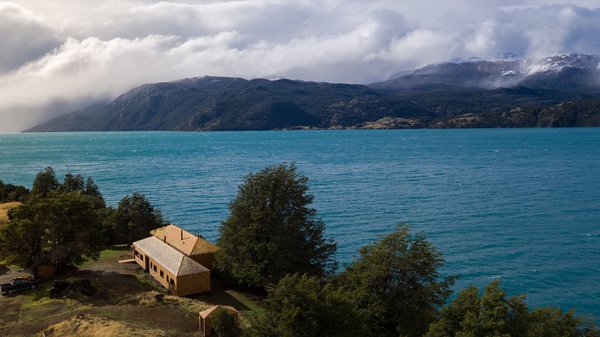
The challenges posed by the remote terrain were a tradeoff for the site’s spellbinding beauty. The Santiago–based client selected a spot on the shores of the largest lake in Patagonia, Lake General Carrera, for its turquoise-blue waters, snow-capped granite mountains, and glittering glaciers in the distance.
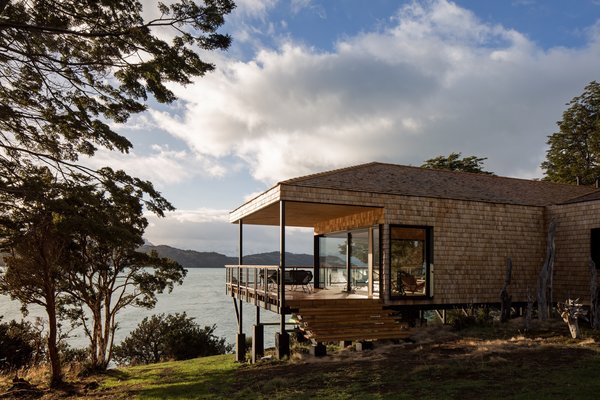
The architects created a simple, shed-like refuge so as to not detract from the surrounding environment.
Photo by Nico Saieh
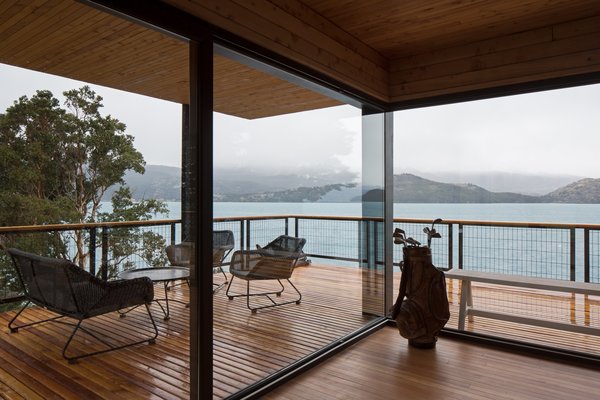
See the full story on Dwell.com: A Shingle-Clad Prefab Anchors Itself on Patagonia’s Largest Lake
